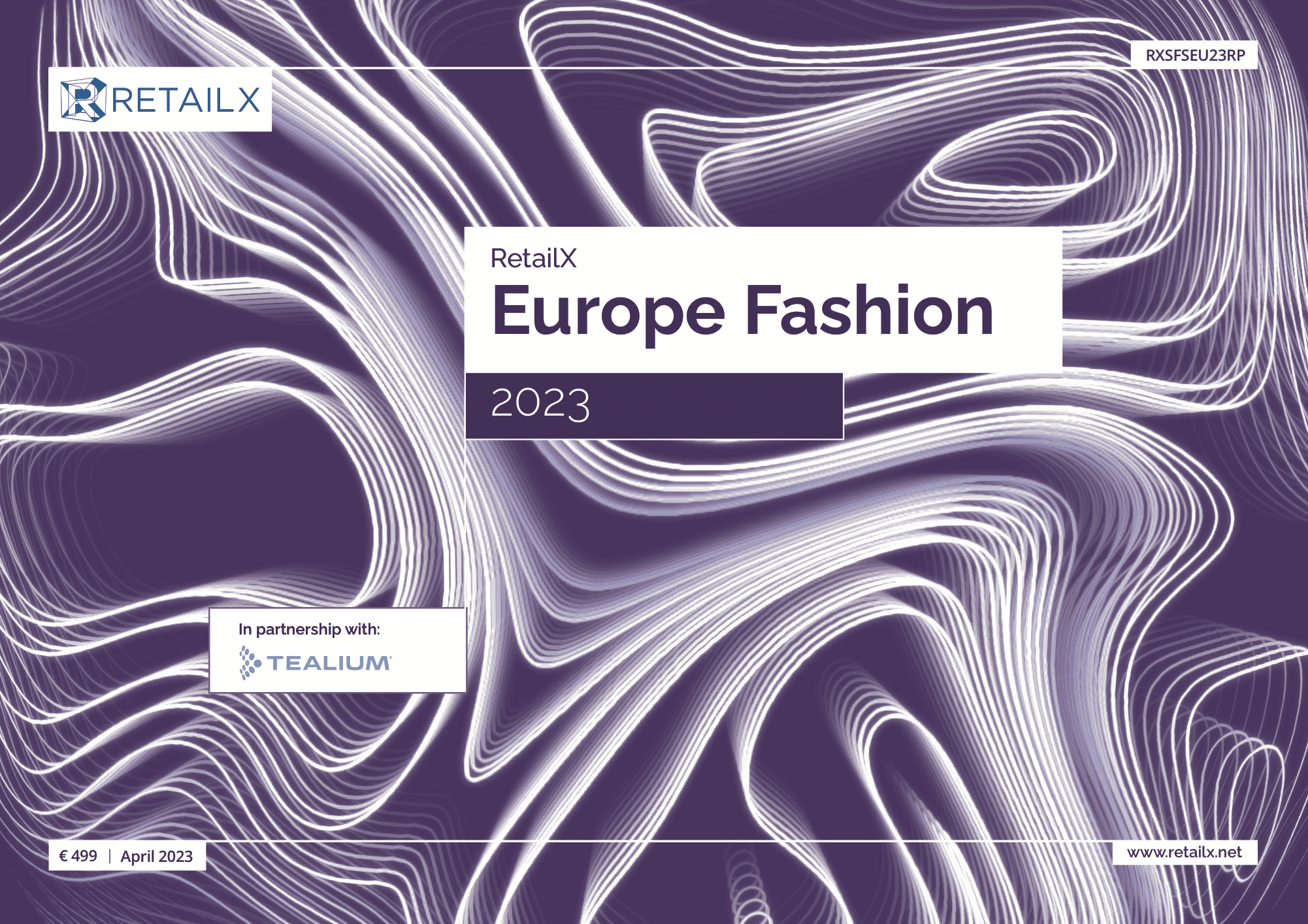In this extensive report, we unpack how the European fashion sector has changed in the past year and where it may be heading as it embraces sustainability, social commerce, the metaverse, AI and ChatGPT.
From the growth of hybrid retail to the use of ChatGPT to carving out a presence in the metaverse, this report considers how the European fashion sector is set for even more evolution. This market has also been hit hard by geopolitical events and faces more pressure from Asia and the US.
The Russian invasion of Ukraine has had a palpable impact on fashion shopping across the whole of Europe, with notable declines in growth from 2020 and through 2021 in all regions. Gripped by uncertainty stemming from the conflict, many international brands are looking further afield to fill the gap left in their European sales. China continues to be an economic powerhouse, driving sales across all retail sectors, not least fashion.
The impact on inflation can also be clearly seen in apparel prices. While there have been individual quarters where apparel inflation has, in turn, surged and sunk, the overall trend between May 2020 and May 2022 have been upwards, with a significant surge in the later stages of that timeframe.
Overall, the European fashion sector is in rude health, with growth occurring across the board, despite challenging economic headwinds. The sector does, however, face a raft of challenges across 2023 and into 2024, along with some radical changes in technology that may yet create new modes of business for many of its players.
Download the full report for insight into:
- Who are the largest 50 European fashion retailers and brands?
- How Instagram and TikTok are becoming the leading social sites for fashion marketing, influence and sales
- Why 47% of Europe’s consumers are sceptical of fashion brands and retailers’ environmental claims
- How Vinted aims to seal its position in the pre-loved/re-sale fashion market
- What is ‘athleisurewear’ and why is it on the rise?
- How Levi’s is trialling the use of AI generated models in a bid to boost diversity and elevate its customer experience
- Why are luxury brands, including Burberry, Stella McCartney and Gucci, now partnering with The RealReal marketplace, which specialises in selling pre-worn garments?
- What role can ChatGPT play for retailers?
- Why fashion exhibits one of the highest cart abandonment rates in all of retail
- 80% of Chinese shoppers say that they will buy less in order to protect the environment
- What is Bopis? And why is it on the rise
Report highlights:
- 53 pages of market-leading analysis, research and expert insight into the European fashion sector
- 60+ illustrative RetailX figures and graphs
- Exclusive company case studies: boohoo, H&M, Levi’s
- Unique company profiles include: asos, Dr Martens, Shein, Zalando, Vinted and JD Sports
Remember to download the accompanying datagraphic

